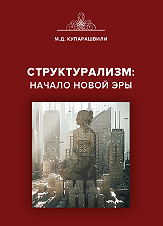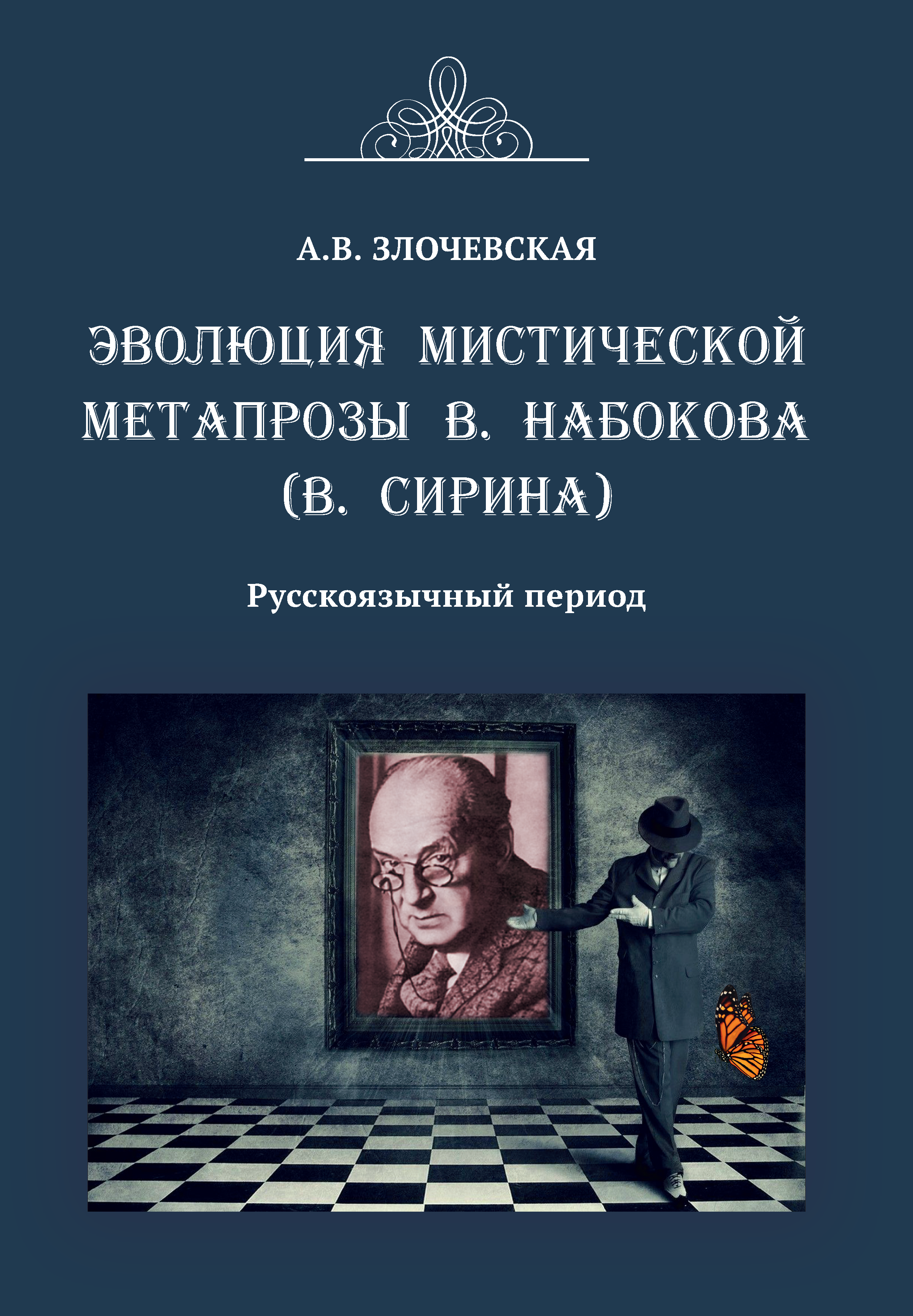UDC 37.07:005.3-042.4:004
https://doi.org/10.20339/AM.05-22.053
Mikhail Yu. Osipov, Cand. Sci. (Jurisprudence), Senior Researcher of Scientific Research Institute of Educational Technologies of the Autonomous Non-Commercial Organization of Higher Education “VPA International Police Academy”, Tula, e‑mail: osipov11789@yandex.ru
The article discusses the issues of automating the management of a higher educational institution and possible ways to solve them. The subject of research in this article is the regularities of higher educational institution management, which should be taken into account when building automated higher educational institution management systems. The purpose of the study is to consider the features of the laws governing the management of a higher educational institution and their consideration in the construction of automated control systems for a higher educational institution. As research methods, a systematic approach, analysis, synthesis, induction, deduction, abstraction, generalization, and a method of modeling managerial situations were used. In the chord of the study, the following was found. There are two approaches to automating the management of higher education institutions: an approach to automating management based on standard solutions in the field of automation of management, and an approach based on individual solutions in the field of automating the management of higher education institutions. An analysis of these approaches shows that in order to improve the efficiency of managing higher education institutions, it is necessary to use a two-loop scheme of management automation. At the same time, a typical solution should be used as an external loop for automating the management of higher education institutions, while an individual solution in the field of automating the management of a higher education institution should be used as an internal loop for automating the management of higher education institutions. At the same time, in order to ensure the effectiveness of the interaction between the internal and external circuits of automation of the management of higher educational institutions, they must be harmonized with each other.
Key words: automation, management, higher education institutions, problems, inner loop, outer loop, standard solution, individual solution, harmonization, efficiency.
References
1. Barsukova, M.N., Romme, A.A. Automation of the process of forming reports on research activities at the University. In: New impulses of development: issues of scientific research. Materials of III International Scientific and Practical Conference. Saratov, 2020. P. 11–16.
2. Bazhin, A.S. Electronic document management system in the management practice of higher educational institutions in Russia. Management Today. 2012. No. 2. P. 110–122.
3. Gubich, M.V. Psychological, organizational, technical and legal problems of implementing automated information management systems of higher education institutions. In: Organization of educational process in higher education institutions: legal and methodological aspects: Collection of materials of correspondence scientific-methodical conference dedicated to the 70th anniversary of the Mogilev Institute of MIA. Y.P. Shkaplerov (ed.). Mogilev, 2018. P. 99–103.
4. Burdun, G.D. (1972) Scientific-research work of metrological faculties of higher educational institutions. Meas Tech 15, 1414–1417. URL: https://doi.org/10.1007/BF00815114
5. Ranjan, R., Rao, A.P., Vishwakarma, A.K. (2022) Automatic Removal of Eye Blink Artefacts from EEG Data Using Spatio-Temporal Features. In: Khanna, A., Gupta, D., Bhattacharyya, S., Hassanien, A.E., Anand, S., Jaiswal, A. (eds.). International Conference on Innovative Computing and Communications. Advances in Intelligent Systems and Computing, vol. 1388. Springer, Singapore. URL: https://doi.org/10.1007/978-981-16-2597-8_1
6. Chen, C.H., Hsieh, D.W., Wu, C.H., Lai, C.Y., Hsieh, C.C. (2021) Quality Traceability System for Multistation SMT Manufacturing Process. In: Chang, J.W., Yen, N., Hung, J.C. (eds.). Frontier Computing. FC 2020. Lecture Notes in Electrical Engineering, vol. 747. Springer, Singapore. URL: https://doi.org/10.1007/978-981-16-0115-6_8
7. Svasta, P., Simion-Zanescu, D., and Willi, C. (2002) Thermal conductivity influence in SMT reflow soldering process. In: 52nd Electronic Components and Technology Conference 2002. (Cat. No. 02CH37345).
8. Safriel, Y., Ang, R. & Ali, M. (2009) Gadolinium Use in Spine Pain Management Procedures for Patients with Contrast Allergies: Results in 527 Procedures. Cardiovasc Intervent Radiol 32, 847. URL: https://doi.org/10.1007/s00270-009-9630-7
9. Masuda, T., Nosaka, N., Uchimido, R. et al. Use of stylet and airway management procedure in critically ill patients. Intensive Care Med 47, 1497–1498 (2021). URL: https://doi.org/10.1007/s00134-021-06476-1
10. Shahriari, M. (2019) Risk Management and Supply Chain Risk Management Procedures in Construction Companies. In: Arezes, P. et al. (eds) Occupational and Environmental Safety and Health. Studies in Systems, Decision and Control, vol 202. Springer, Cham. URL: https://doi.org/10.1007/978-3-030-14730-3_15
11. Davis, D. Educational funding and management under constraint with special reference to higher education in Australia (1987). High Educ 16, 63–73. URL: https://doi.org/10.1007/BF00139248
12. Rohlen, T. (1983). Japan’s High Schools. University of California, Berkeley.
13. Conference on The Perception of Structure Yale University, New Haven, Connecticut May 22–23, 1989. Perception & Psychophysics 44, 595 (1988). URL: https://doi.org/10.3758/BF03207493
14. Schlote, W., Riemenschneider, K. (1977) Structure and current status of the block system for animal production students at hohenheim university. Genet Sel Evol 9, 133a. URL: https://doi.org/10.1186/1297-9686-9-1-133A
15. Solutions for higher education institutions. Galaxy Corporation URL: https://p3s.ru/upload/iblock/54b/galaktika_vuz_vozmozhnosti_resheniya.pdf (accessed on: 15.03.2022).
16. Pirogova, E.V., Rybkina, M.V., Nesterova, A.A. Effective management of educational system - the guarantee of quality education. Global scientific potential. 2017. No. 9 (78). P. 38–41.
17. Anders, A.D. (2011) Circuits of Dominance in Education and Poverty: Control Logic and Counter Narrative. Urban Rev 43, 528. URL: https://doi.org/10.1007/s11256-011-0184-z
18. Altbach, P.G. (1999) The Logic of Mass Higher Education. Tertiary Education and Management 5, 105–122. URL: https://doi.org/10.1023/A:1018716427837
19. 1C University PROF. User’s guide in electronic form. URL: https://www.e-du.ru/2017/11/1c-univer-full-docs.html (accessed on: 15.03.2022).
20. The federal law from 12.01No. 10-FZ (rev. from 21.12.2021) “About trade unions, their rights and activity guarantees”. SPS ConsultantPlus. Open access.
21. Novintech PARUS – VUZ. URL: http://parus-novintech.ru/index.php/2-uncategorised/65-parus-vuz (accessed on: 15.03.2022).
22. Ragulina, A.V., Nikitova, A.A. Intellectual property: concept, content and protection. Moscow: Editorial Office of Rossiyskaya Gazeta, 2017. Iss. 21. 176 p.
23. Nesterenko, V.M. Parametric knowledge management in the process of solving professional tasks. Bulletin of Samara State Technical University. Series: Psychological and Pedagogical Sciences. 2011. No. 1 (15). P. 89–98.


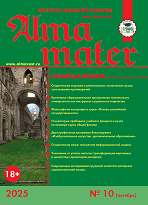

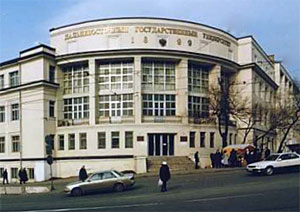



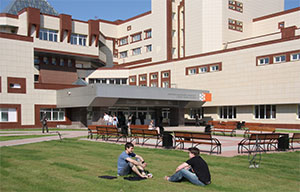


.png)
